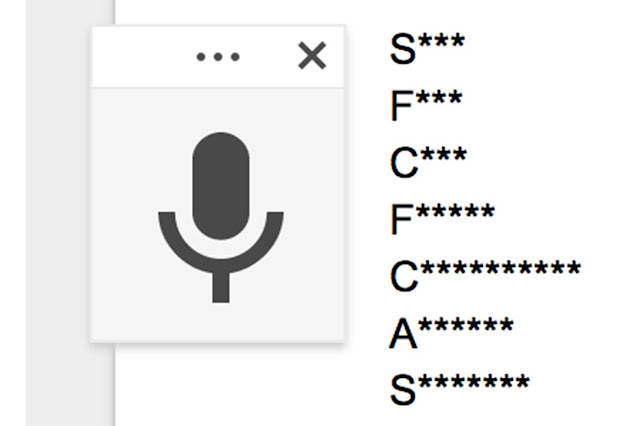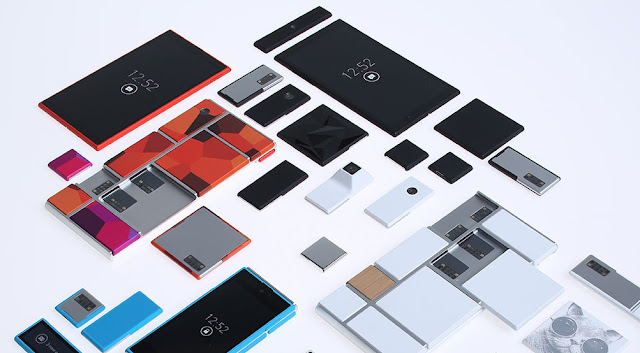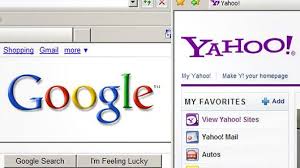Mindfulness Skills Enhance Emotional Intelligence
Chade-Meng Tan, one of the company’s first engineering employees in Mountain View, a few years ago, noticed that several of his colleagues were stressed out and unhappy at work. Hence he decided to work on something in connection with it.
He convinced his superiors to permit him in creating a course which would teach employees mindfulness skills enhance emotional intelligence and promote well-being and he transitioned to the HR department to run it.
With his employer’s approval he named it Search Inside Yourself, a corny name which also was the title of his book with regards to the course’s techniques. At the festival of 2015 SXSW in Austin Texas, Meng taught the scientifically proven secret of happiness in three easy steps.
Step One – Calm your mind
With the introduction of his first piece of advice, Meng led the SXSW audience through a small collective breathing exercise in order to calm the fluffy particles in the snow globes in our skulls. He believes of finding easy options of taking a pause during the course of the day and be aware of one’s breath.
On a lighter note, he states that if it tends to be too hard then just think about nothing for a little bit. His book provides more details, focusing on what mediation is and how to start practising on it, quoting a study of mindfulness training which reduces reported anxiety by Jon Kabat-Zinn at the University of Massachusetts Medical School. Meng does not seem to be the only one to recommend that meditation and mindfulness is good for mental health.
Matthieu Ricard, the monk, for instance whom the press has named as `the world’s happiest man’, had written a book about himself. There seems to be some evidence that mindfulness could help to fend off negative thoughts and according to a recent review of 209 studies it was found that the practice could help to treat depression, stress and anxiety. It is worth mentioning that handling depression as well as anxiety is not essentially the same as boosting happiness. Meng’s choice of happiness advice seems to have growing scientific acceptance.
Step Two – Log moments of joy
This means saying to oneself while sipping coffee or laugh at a friend’s joke or while purchasing a shirt that `I am having a moment of joy’. When negative things occur in our life throughout the day we simply hold on to them while the good things are more fleeting and momentary.
Meng states that by consciously accepting the good things, we increase our chances and when we reflect on the day’s happenings, we conclude that it was a happy one. The theory of observing positive experiences counterbalances or outweighs negatives, makes instinctive sense. We could relate to the power of single though short-lived event spoiling a whole day but seldom does the opposite seem to be true.
Step Three – Wish other People to be Happy
According to Meng, selfless thoughts are advantageous since we tend to obtain a lot of joy in giving more than in receiving. Meng makes powerful arguments for the - `I think’ self-evident need to pervade your life with compassion but quotes on study on people acting for others, backing his claim that `kindness is a source of happiness’.
Recent research had made attempts in exploring this effect including one by positive psychology researcher Barbara Fredrickson which ended that we require a 3:1 positive-to-negative ratio of thought in order to free our minds from the tar-paper effect of thinking negative. But this study has proved to be debated with some questioning the mathematical claims made in paper.
























